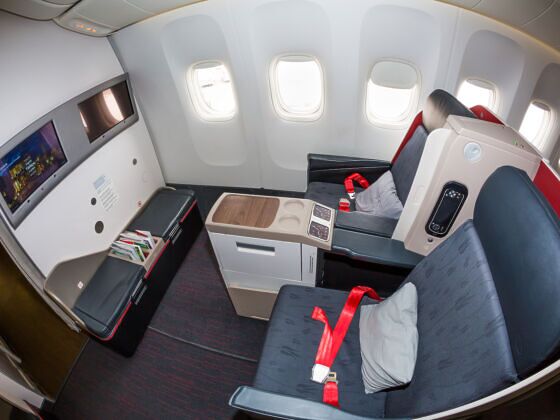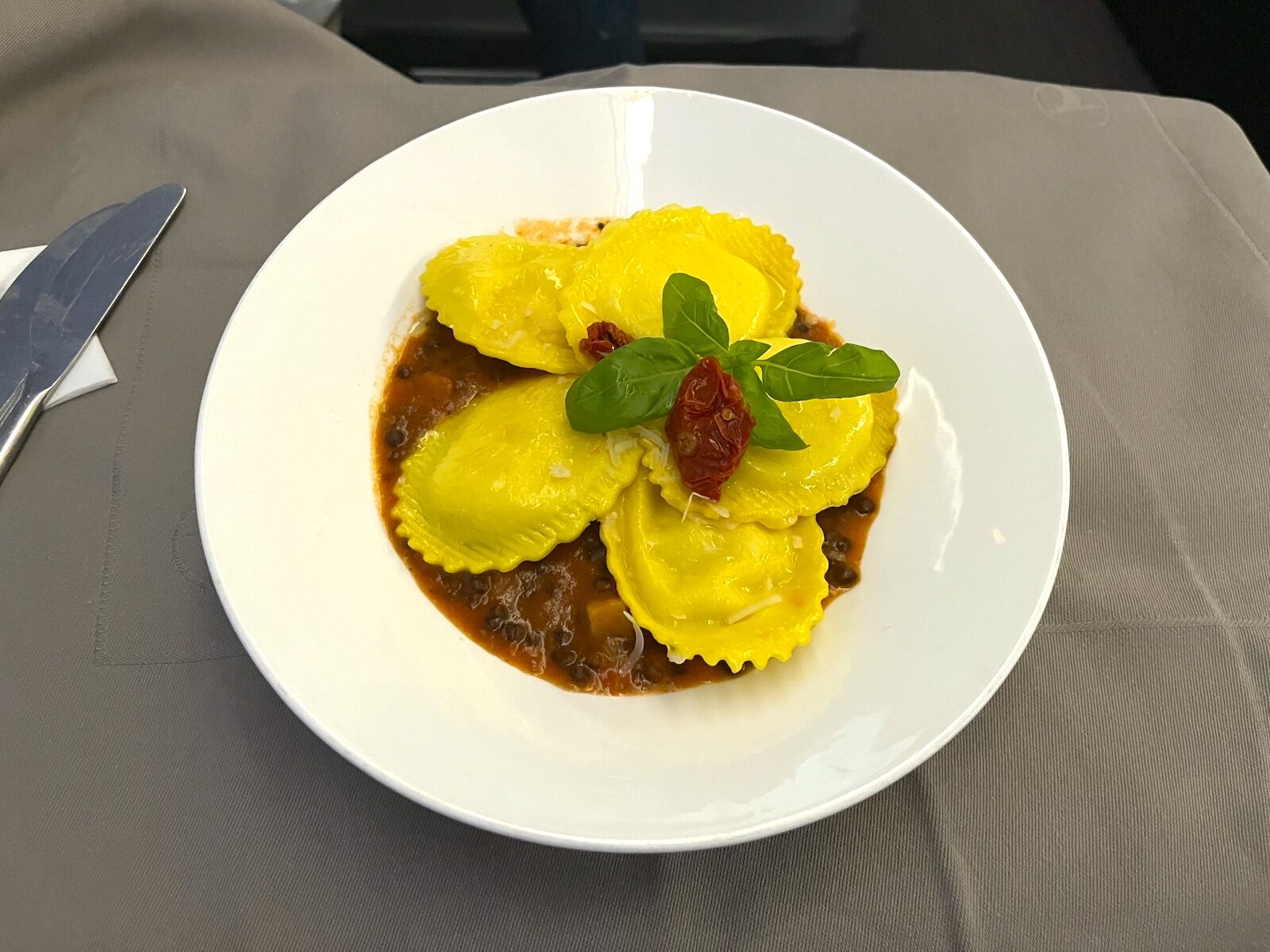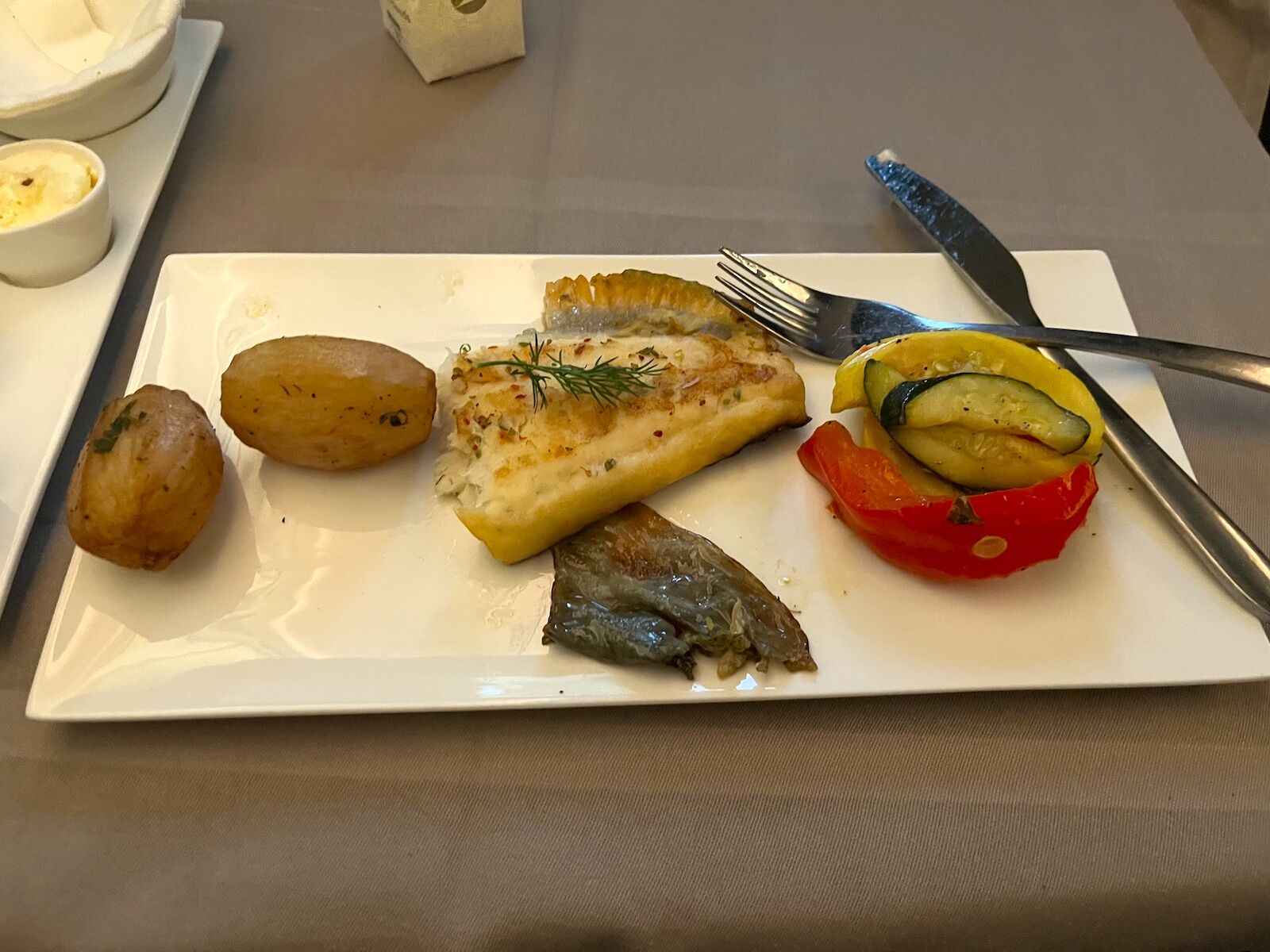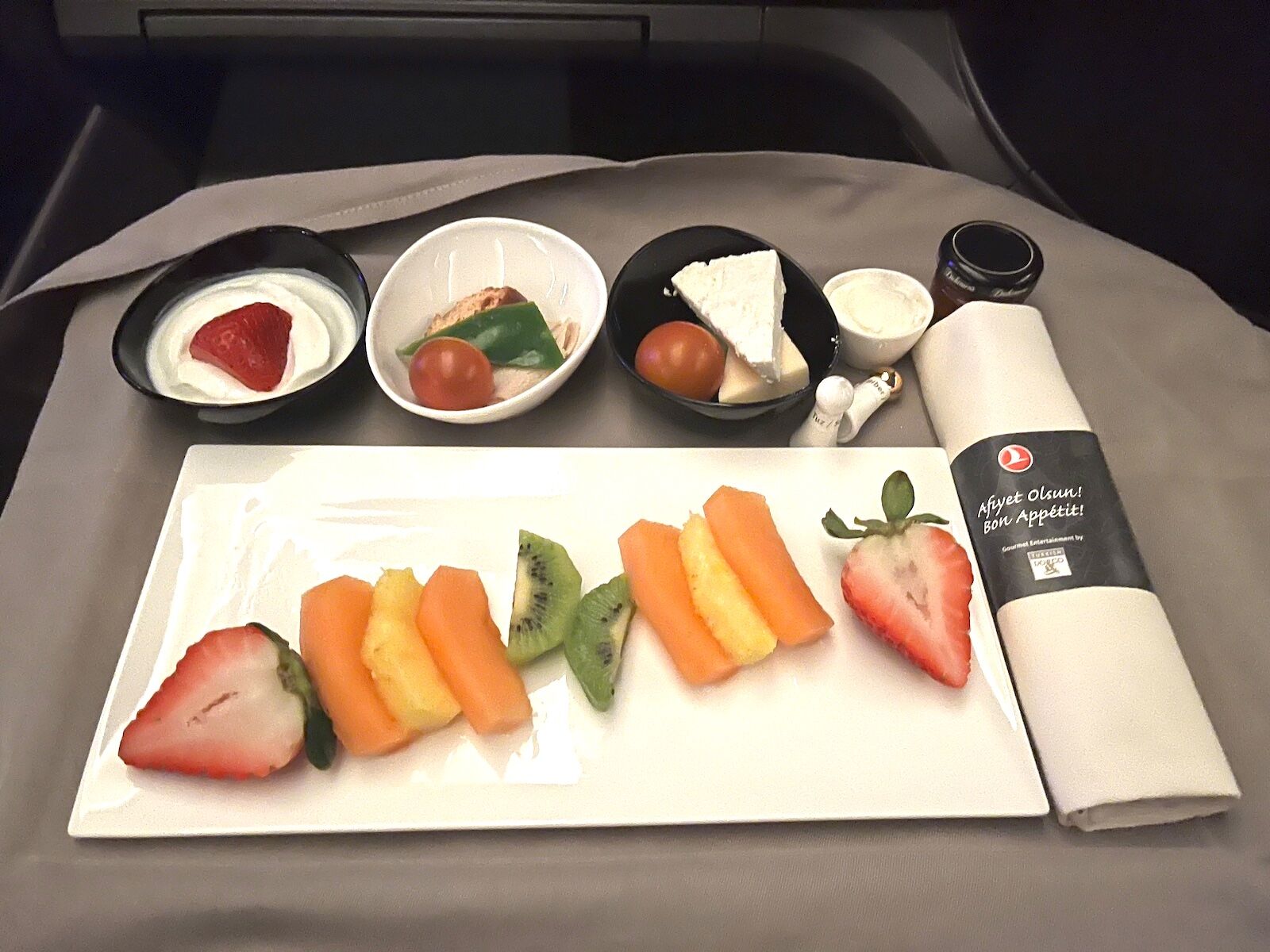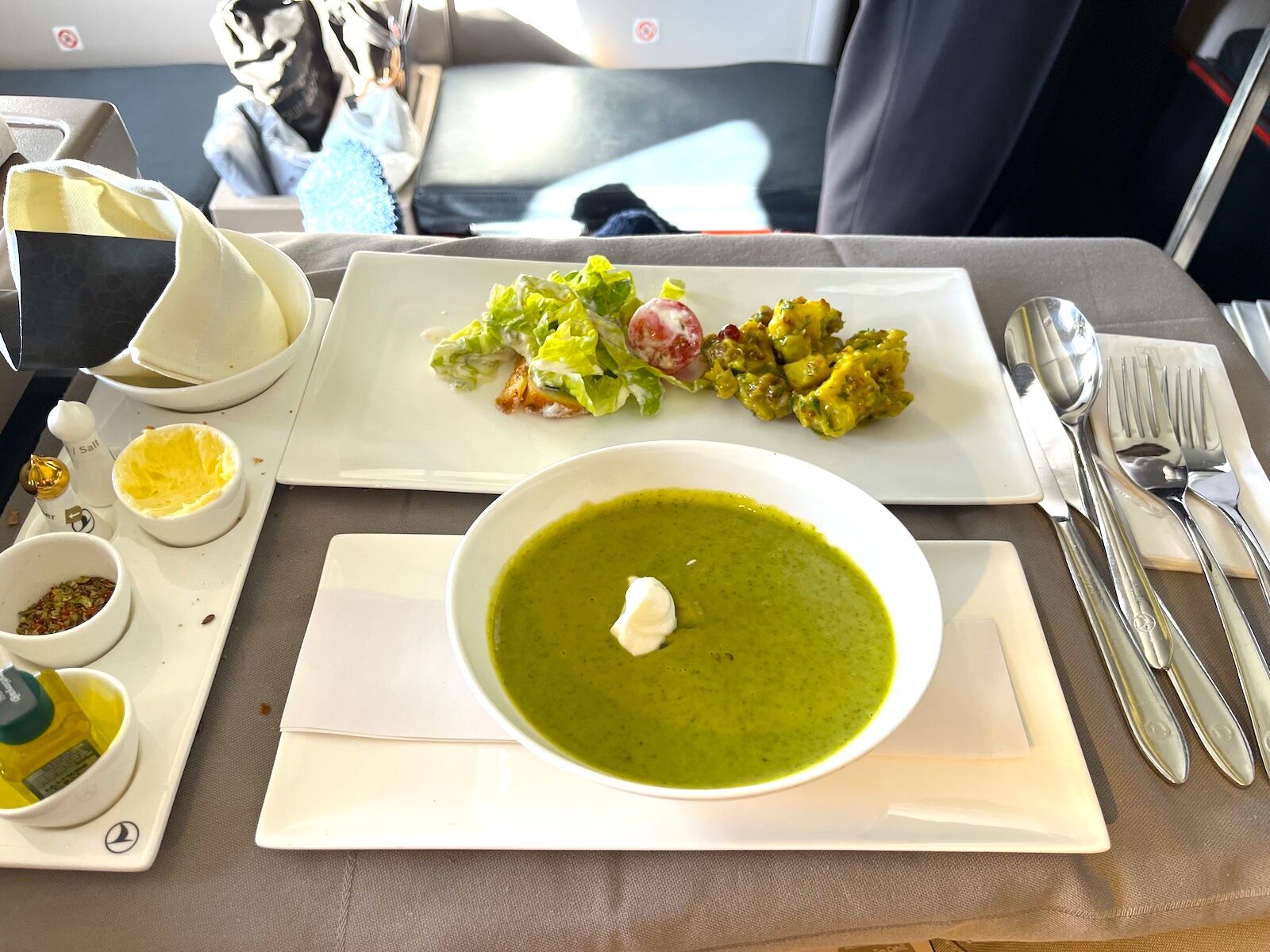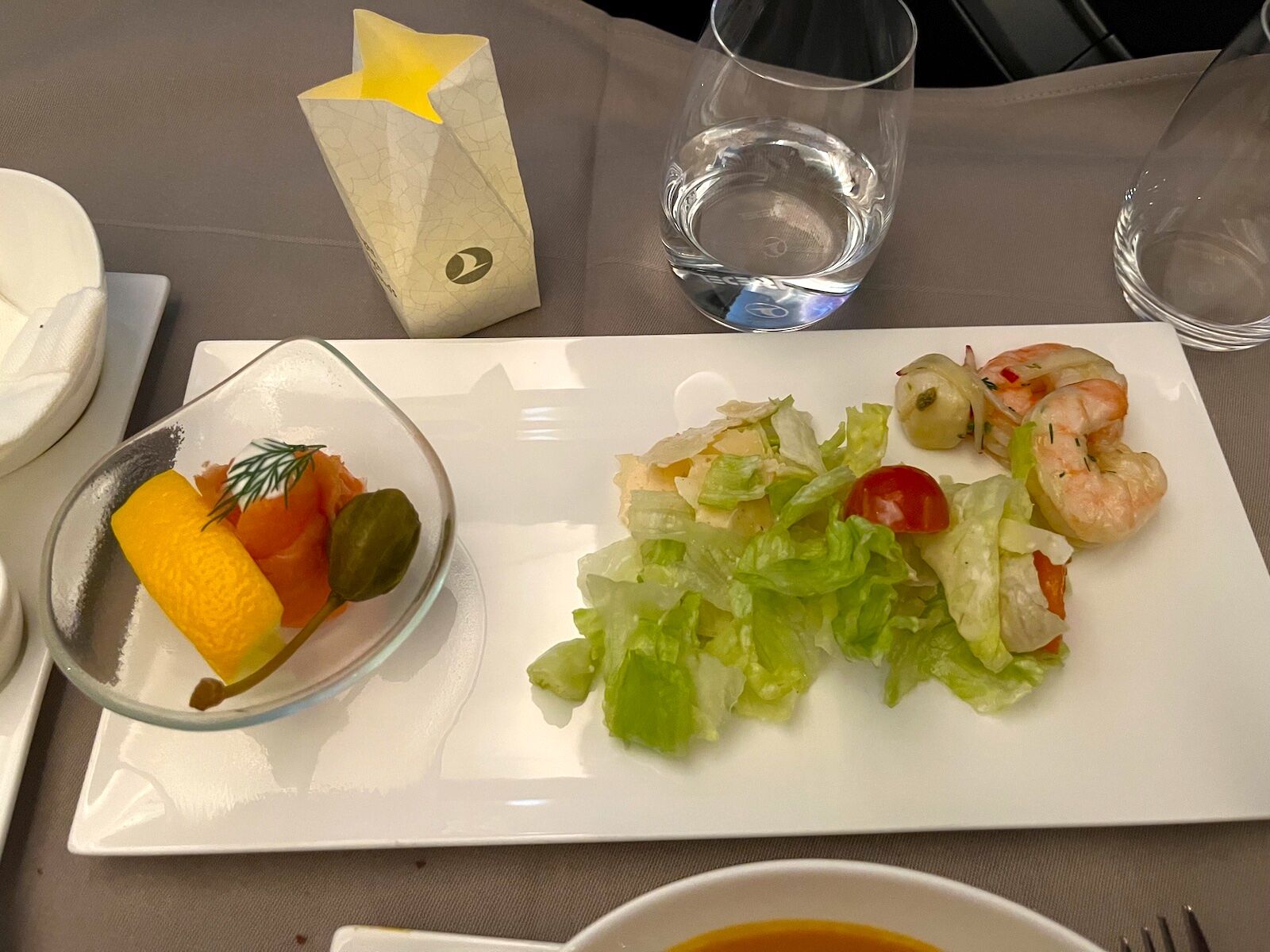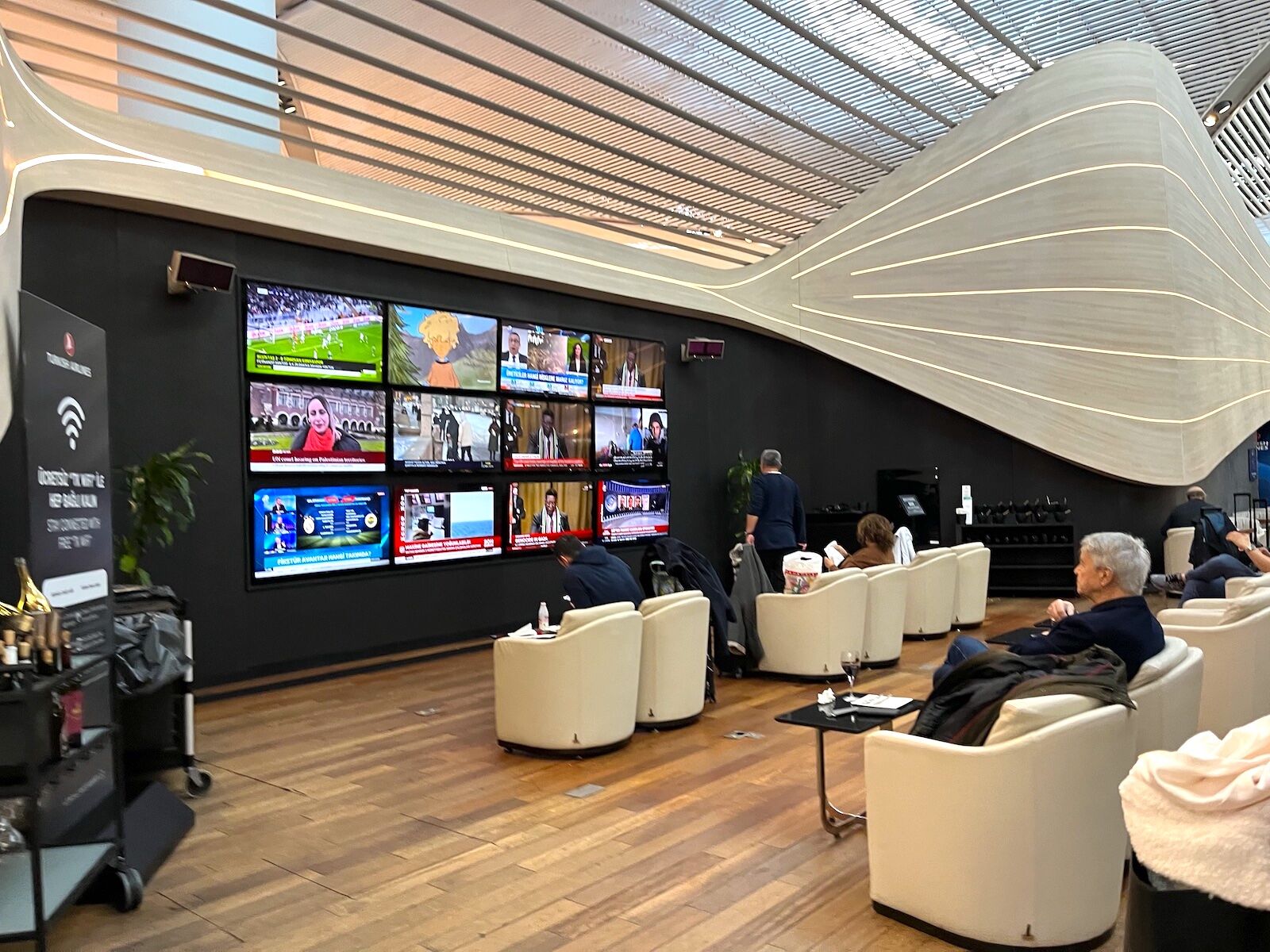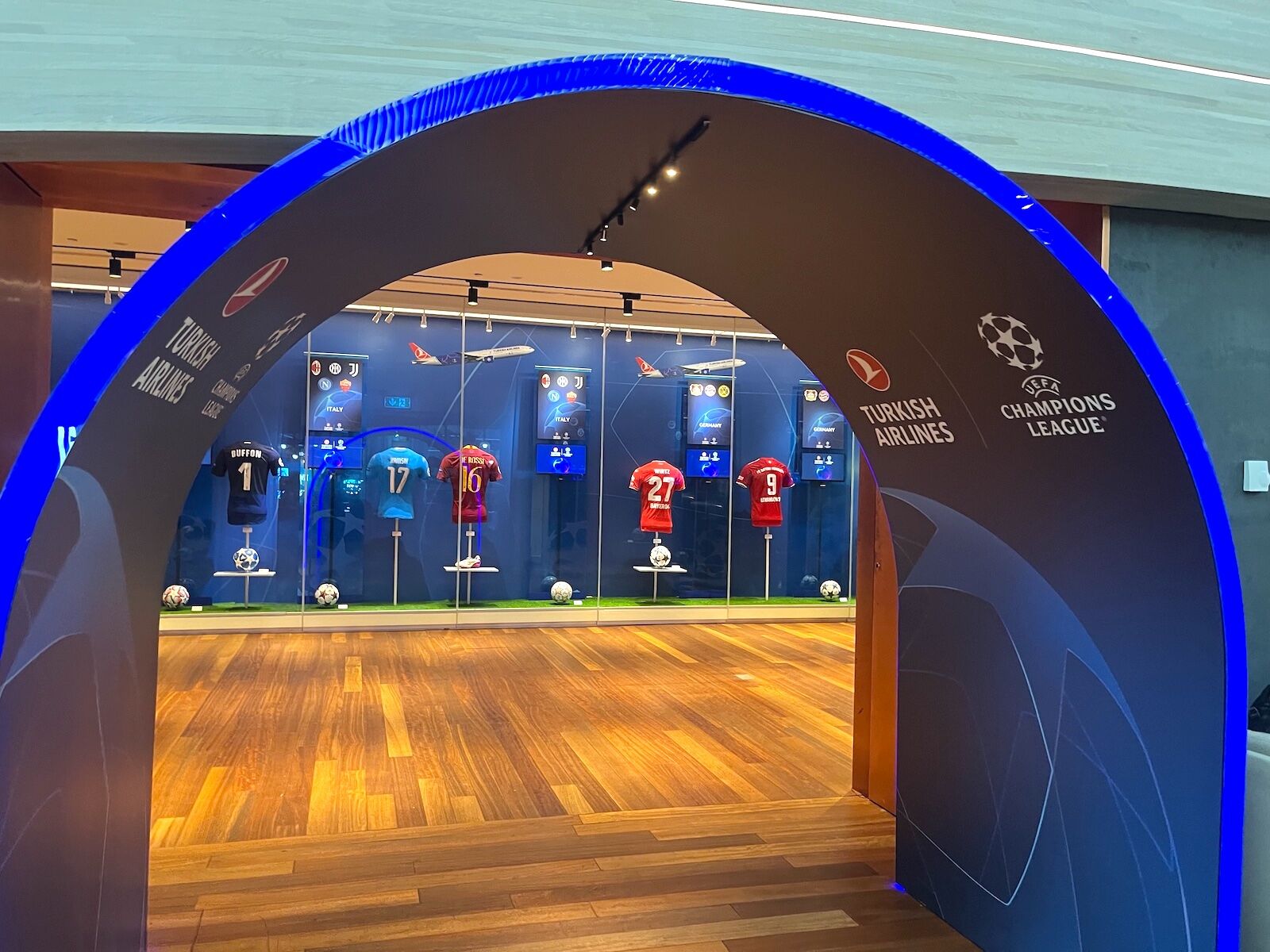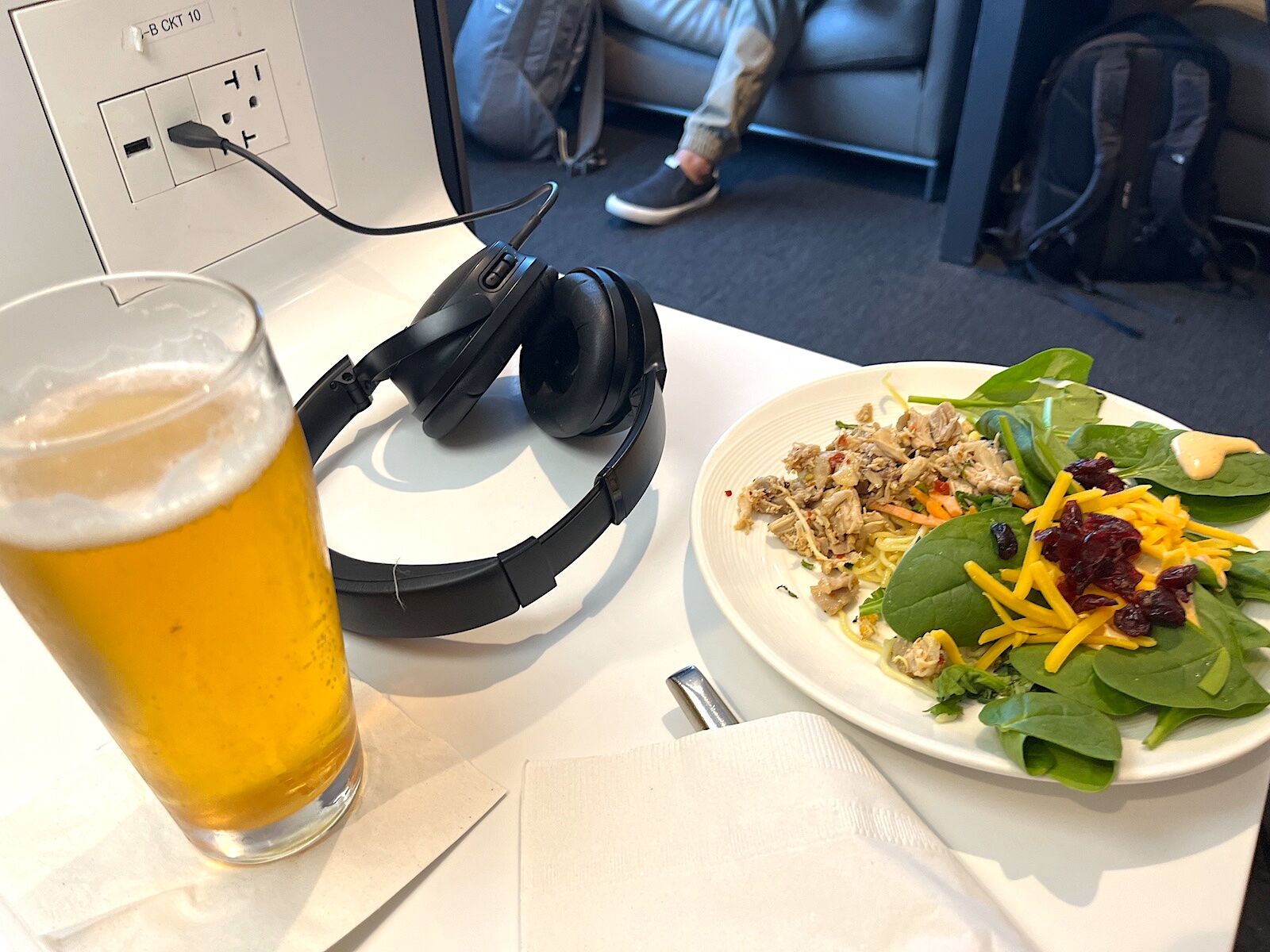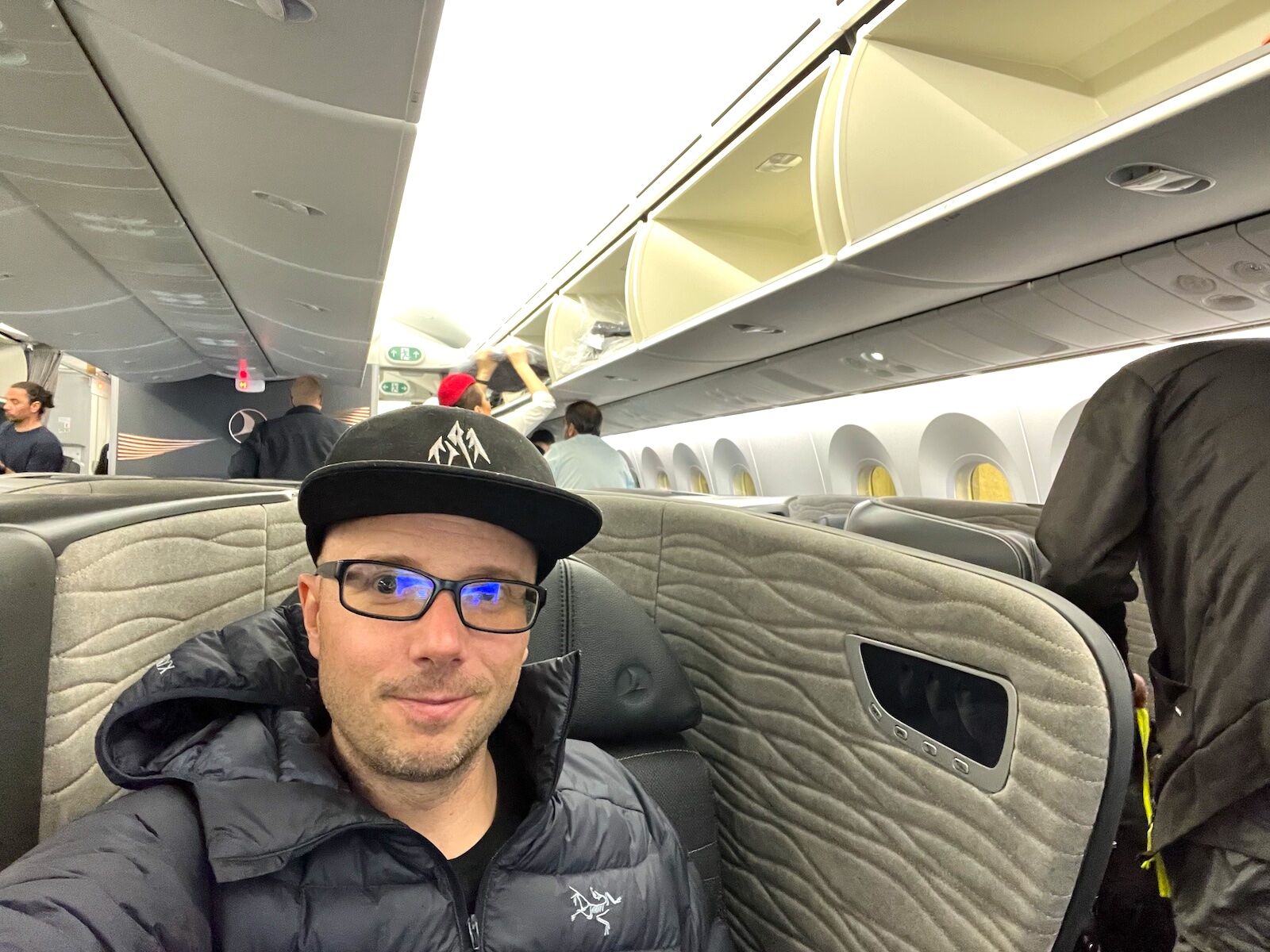As a travel editor, I’m on the road regularly for work, and am generally the guy posted up in an aisle seat near the back of the plane, frequently stretching my legs into the aisle, earning Star Alliance reward miles but never spending them — Ryan Bingham style.
On a recent work trip to Türkiye, I deviated from that norm and as a result, learned a new travel hack that I will live by whenever possible going forward: When long-hauling overseas, upgrading to business class is worth it. I’d never before flown business class, as I’ve always been skeptical of such splurges – my points are better saved for someday on the distant horizon, when my daughter is grown and I can dive into the eternal abyss of travel, maybe point my snowboard down a hill on all seven continents.
